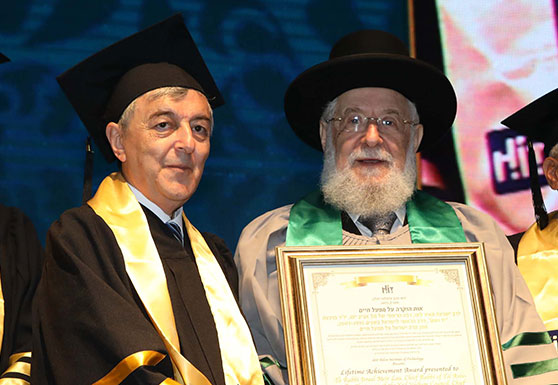

I send you my heartfelt thanks in advance for Kiernozia Matzeva as well as for all your endeavors to keep the memory of the miserable Jewish victims of Treblinka and the message to human kind: NEVER AGAIN! I kindly request from you, as the granddaughter of Yachwet Honigstok Hy"d from Kiernozia, to add a symbolic stone to the memory of Kiernozia Jews. Unfortunately there is no symbolic stone for KIERNOZIA in Treblinka. In view of the above, it is quite obvious that the Jews of Kiernozia were expelled also to Treblinka. IV, Warsaw and Its Region, Jerusalem 1989, page 415. This is an exact quotation from Yad Vashem's "Pinkas Hakehilot", Encyclopaedia of Jewish Communities, Vol. " In March 1941 the Germans dismantled the ghetto and the Jews of Kiernozia were expelled to the Warsaw ghetto, where they shared the fate of its inhabitants. RE: A SYMBOLIC MATZEVA IN TREBLIBNKA TO THE SMALL JEWISH COMMUMITY OF KIERNOZIA! Museum to Fighting and Martyrdom in Treblinka Muredered in Chelmno April 1942.Ī Letter to managers of Treblinka Memorial site, 6 April 2001. In March 1941 the Germans dismantled the ghetto and the Jews of Kiernozia were expelled to the Warsaw ghetto, where they shared the fate of its inhabitants (Treblinka)…Ī photograph from the Ghetto times of my grandfather Jakob Gostynski, hiswife Yochewet my grandmother born in Kiernozia and great grandfather Moses.

In December of that year there were about 650 Jews in the ghetto. On July 1 st 1940 the Germans pressed into the ghetto some 240 Jews from surrounding villages. Each day the Germans took males aged 15 to 60 for forced labour. I n March 1940 the Germans set up a ghetto, enclosed by a fence, in two streets inhabited by Poles, who were removed from their houses and the Jews herded into them instead. A few days later these Jews returned to Kiernozia and found their houses looted. The deportees were kept under open sky and without food the whole night, and then sent to forced labour camps. That same day the Jews who had remained in Kiernozia were rounded up and sent to Zychlin, 17 kms. On September 16th Kiernozia was bombed by German planes - the synagogue was destroyed and 20 Jews killed or wounded. O n the outbreak of war in 1939 and the approach of the German army, many Jews left their homes and fled eastwards. Jewish children went to the traditional cheder and to the municipal Polish school. There was a branch of Beitar with some 40 members. Many of the Jews of Kiernozia, and the young people in particular, leaned towards Zionism. Between the two wars the rabbi was Moshe Bezalel Frankel (who perished in the holocaust). The rabbi of that period was Avraham Noah Neumann. buried their dead in the cemetery at Lowicz. A synagogue and religious school existed, but there was no cemetery, and the Jews of Kiernozia. There was an organised Jewish community in the latter half of the 19th century. In the period between the two world wars Jews were also occupied in the same fields. According to partial statistics from the 1870s Jews owned 8 shops and 11 workshops. The Jews lived from small trade and handicrafts. Jewish habitation is not mentioned before the early 19 th century. W e have no data available on the beginnings of Jewish settlement in Kiernozia. During this latter war Kiernozia was occupied by units of the German army from 1915 until they retreated in 1918. In 1807 the village was incorporated into the Principality of Warsaw, and from 1815 until World War I was part of Congress Poland. In 1784 King Stanislaw August Poniatowski ganted the district governor permission to hold six additional annual fairs. It was a centre of trade and industry for local agriculture, and fixed market days came to be established. Kiernozia 's position astride the road from Lowicz to Plock influenced its development. In the 60s of the 19 th century it was owned by members of the Lasutski family. It existed as early as the 15th century as part of the estate of the noble family Szarpski. N o details are available on the origins of the village of Kiernozia. My grandparents: Jakob Gostynski of Gombin and Yochewet nee' Holnigstok from Kiernozia. Translated by Morris Gradel, Denmark, June 2000 IV: Warsaw and District, Yad Vashem, 1989, p. Translated from the Hebrew - "Pinkas Hakehilot" Encyclopedia of Jewish Communities - Poland: Vol.

To the Memory of Rabbi Yedida Frenkel Ztz"lĪ board "Kiernozia" - photograph from the book "Alei Merorot" of Rabbi Aaronson ztz"l


 0 kommentar(er)
0 kommentar(er)
